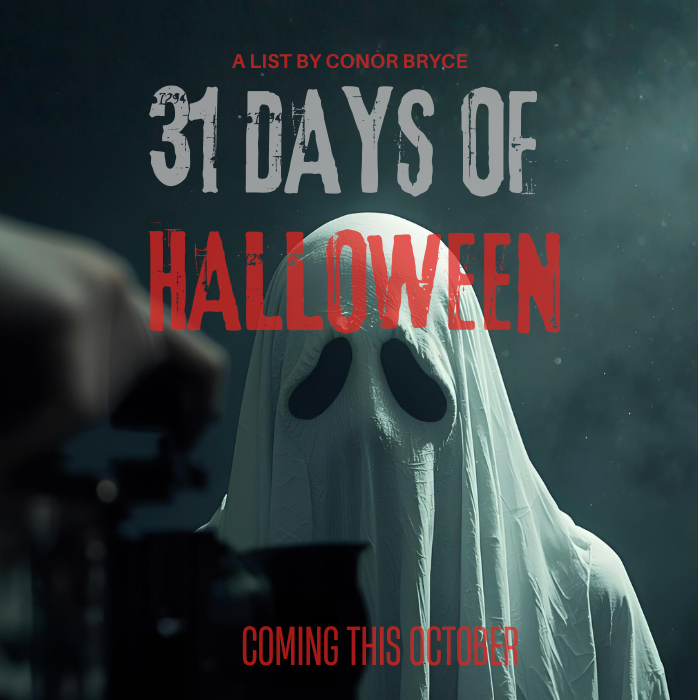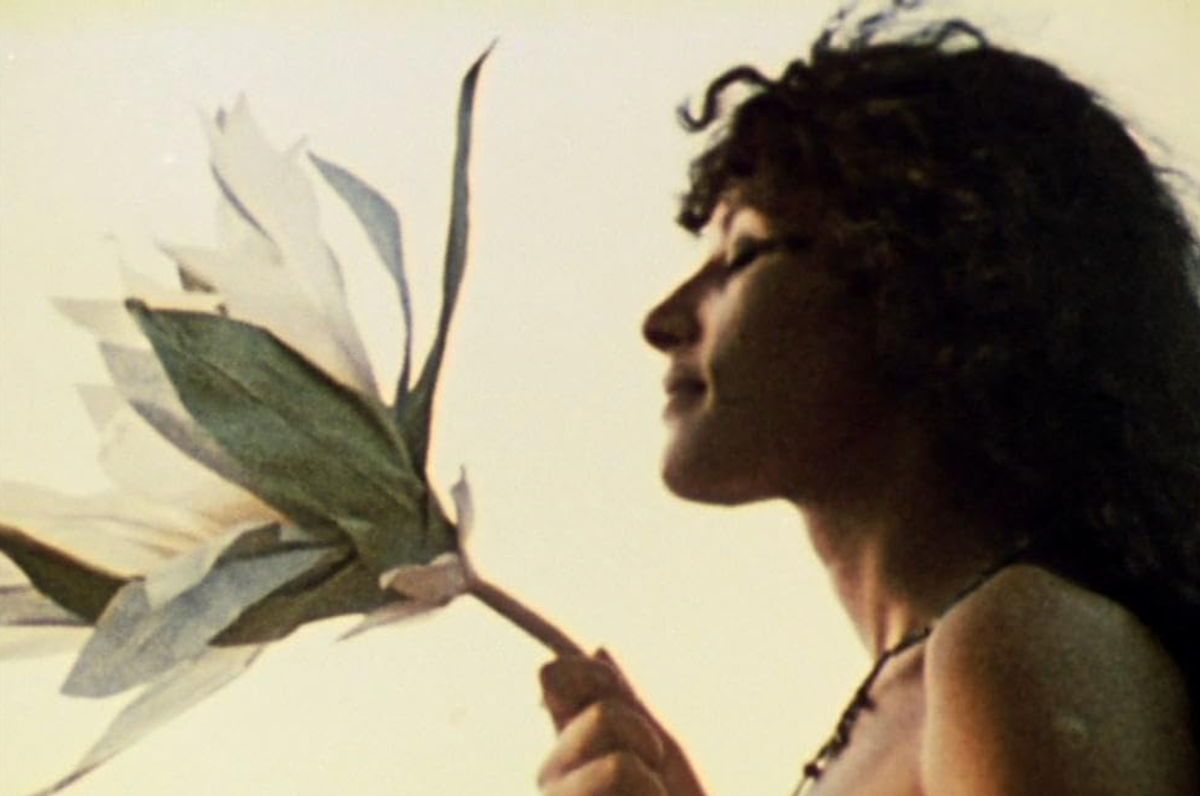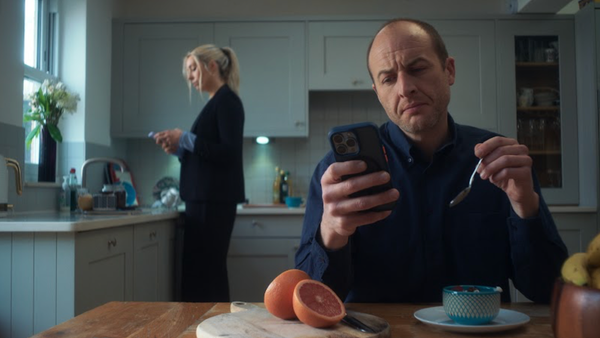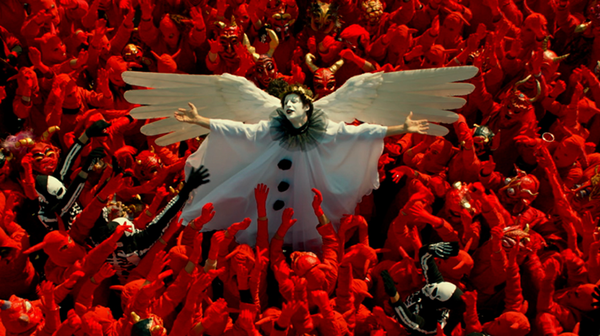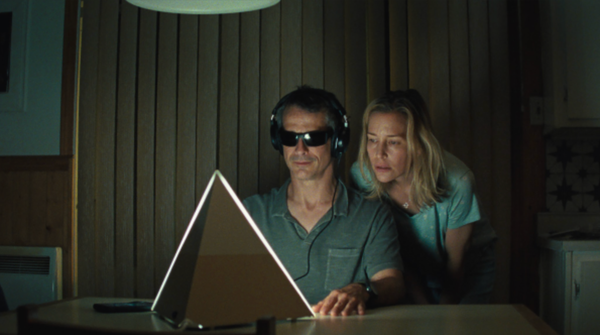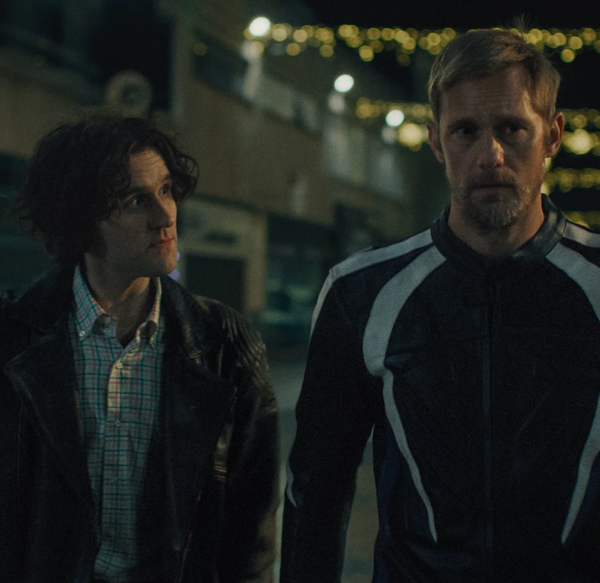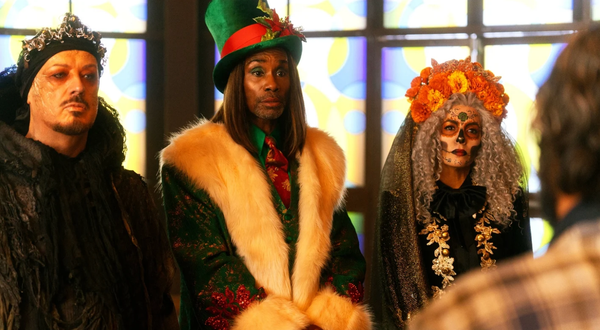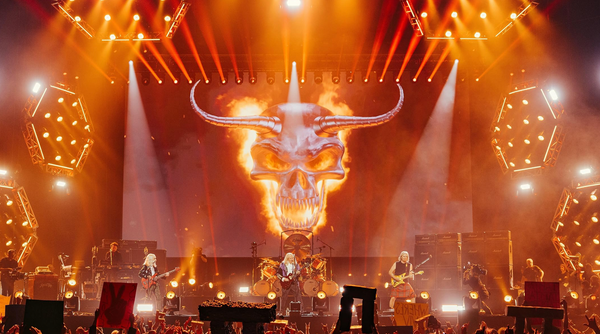Neil Cadieux descends into Anger’s infernal vision for his review of Lucifer Rising.
Lucifer Rising is the final film of a devout, self-described disciple of the infamous occultist Aleister Crowley. Kenneth Anger’s Lucifer Rising is as authentically occult as horror cinema gets. Steeped in esoterica, the short film chronicles the ritualistic summoning of Lucifer through a globe-trotting tour of Egypt, Stonehenge, Germany and America.
Anger presents an environment where time and space play second fiddle to ritual, told through the perspective of its participants within a fluid, millennia-spanning vision of reality. The film is awash with visual references to Crowley’s Thelemic worldview. The opening sequences bear witness to the primordial birth of Satan followed by the summoning of Horus in ancient Egypt by Isis and Osiris.
Whilst a passing understanding of Thelemic esoterica is useful in deciphering the insanity contained within this imagery, it is not quite a prerequisite. If anything, the film works better as an introduction to Anger’s charmingly bold style and original approach to horror.
The visual style of Lucifer Rising is thoroughly steeped in high camp. Loud, brightly coloured costumes that wouldn’t seem out of place in a school pantomime dominate the frame, joined by close-ups of garish props and brief moments of full-frontal male nudity. Within this cascade of colour, shades of Eisenstein’s Ivan the Terrible echo within the movement and composition of Anger’s subjects. Osiris and Isis leer over the Great Sphinx of Giza with a perverse sense of power, dominating the barren land and shaping it for ritual by raising their ancient staffs with operatic precision.
As the narrative moves from Egypt to Stonehenge, Lucifer begins his ascension into 1970s America. Paired with this journey is a brilliant and haunting soundtrack from Bobby Beausoleil. The piece’s ambient synths and eclectic guitar solos meld Pink Floyd, Godspeed You! Black Emperor and Tangerine Dream into a cohesive and original sound. What results is a sublime, often frightening tool for immersion, fully synchronised to the short’s brash meld of montage and continuity editing. This soundtrack, too, grounds the sensibilities of Lucifer Rising into the then-contemporary lens of 1970s San Francisco, where Anger shot portions of the film.
For the process of casting Lucifer, Anger eventually decided on Leslie Huggins, a young man whom he deemed “a natural star and absolutely perfect for the part”. Huggins’ portrayal of Lucifer is understated yet radical. Physically embodying the time period perfectly, he sports bushy hair and an eerie, youthful glare. Harnessing both charm and raw fear, Huggins’ Lucifer is not dissimilar to Milton’s characterisation of the fallen angel in Paradise Lost. Other notable cast members include Marianne Faithfull as Lilith and Mick Jagger’s brother, Chris, as “the man in the yellow tunic”. Adhering to Crowley’s description of Lucifer as a rebellious, light-bearing god in his poem Hymn to Lucifer, Anger described his desired personification as “a metaphor for the ultimate bad little boy who could corrupt you without coercion”.
This realm, peppered with antiquated idolatry and inhabited by pop-cultural figures of yesteryear, contains some of the craziest images seen within the genre. Intercut with footage of tigers and waves is sped-up footage of a robed figure wandering within a ritual circle. Stock footage of thunder and lightning strikes the screen. Lucifer arrives, lacking a goatee, pitchfork or horns. Instead, he’s clad in a black leather jacket emblazoned with his own name, where a different colour of the rainbow descends from each letter. This single shot is one of the most striking in Anger’s filmography. A new, young and presumably queer Lucifer emerges, an appropriately re-birthed god for the nineteen seventies. Screaming electric guitar and bass complement this reveal, evoking queer biker culture, rock ’n’ roll and the occult. All of these subcultures merge into one remarkably theatrical image, forever memorialising Anger’s obsessions and filmic themes.
Forty-five years after its release, Lucifer Rising remains one of the most visually fascinating and wholly unconventional horror films ever made. With no audible dialogue or hint of plot explanation, we’re graced with a uniquely primal journey into Crowleyan mysticism and magick. Its lasting appeal is cemented by the fact that, two years after Anger’s death, you can still purchase reproductions of the aforementioned Lucifer jacket on his site. Whilst the film may not appear obliquely scary initially, just wait for the final ten minutes, where glowing, silhouetted figures become individual parts of a four-armed demon — an unforgettable image to behold.
Lucifer Rising can be watched online for free here and can be bought as part of a collection here.
